Located on South Street and spanning nearly half a city block, Philadelphia’s Magic Garden offers the fully immersive experience of stepping into a work of art. The street-front gallery leads to the garden from a side entrance, and upon stepping into the complex of painstakingly decorated walls, ramps, and corridors, the uniqueness of the space quickly becomes apparent. Akin to entering Wonderland, guests are enveloped by the uncanniness of their strange surroundings: the high walls covered entirely in mosaics isolate visitors immediately from the world outside, and topiary-like rows of repurposed materials act as a guide through the network of miscellany. A chandelier made of bicycle parts, glistening silver walls of broken mirrors, and Byzantine-inspired mosaics imparting spiritual messages are among the parts that make up the whole of this labyrinth.
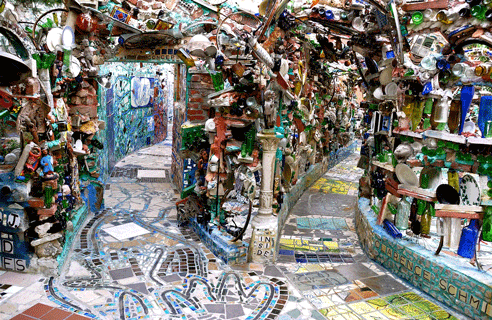
The pleasantly disorientating quality of the weaving pathways that meander under and above and ground, through tunnels, and in and out of narrow passages, emulates a feeling of whimsy and euphoria. The relentless variation in texture, intercut with formal sculpture, found art, and detached phrases of text serve the impression of stepping into the mind of the artist at the height of inspiration. The artist, Isaiah Zagar, who began transforming this space into works of street art in the 1960s and eventually expanded the lot into what is now known as the Magic Garden, one of Philadelphia’s top art-related tourist attractions.
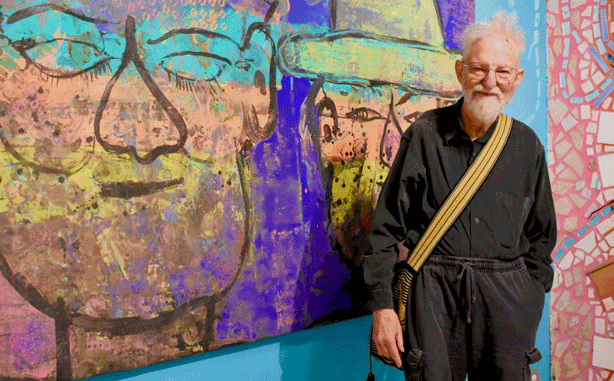
Born in Philadelphia, Isaiah Zagar earned his Bachelor of Arts from the Pratt Institute in Brooklyn, before joining the Peace Corps with his wife, artist Julia Zagar, and volunteering for three years in Peru. There, they assisted in the organization and scalability of Aymara and Quechua communities’ craftwork for sale on the international market. It was during this time that Zagar found his artistic inspiration in the Peruvian folk art that would later influence much of the aesthetic of his murals and mosaics. Still trying to discover his purpose as an artist, and finding himself disillusioned with the state of his art career, Zagar decided to change his outlook: “Instead of making art objects for sale, I wanted everything to become art.”
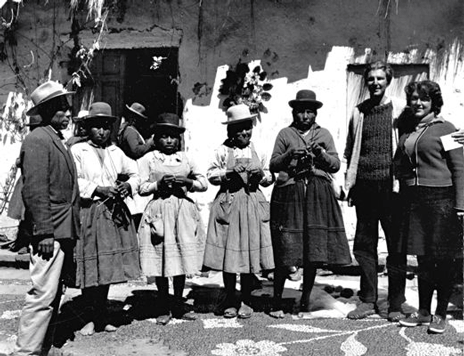
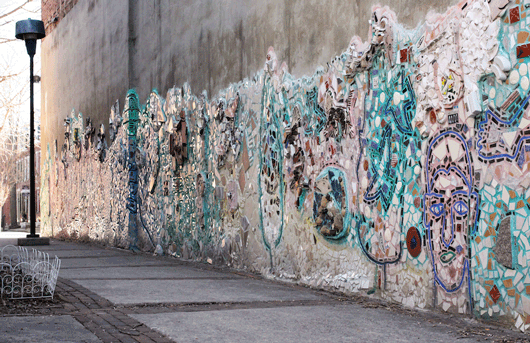
When the Zagars moved back to Philadelphia in 1968, they renovated a vacant building on South Street into their home and studio and dedicated a large section of the space for the folk-art hub they called Eyes Gallery. Still standing, the neighbourhood staple has been a treasury for Julia’s curated folk-art collections, and the site of Zagar’s first mosaic, made from broken bottles and other industrial artifacts found in local abandoned factories.
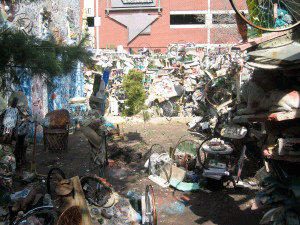
The site of the Magic Garden would be established many years later; in 1991 Zagar rented from a Boston-based landowner a property that included a building and two vacant lots when rent was low and the neighbourhood was neglected. After cleaning the outdoor space and then building a chain-link fence around the lots, he began mosaicking the outside walls of the surrounding buildings, followed by the fence. From within these walls, he embarked on a project of digging out tunnels, excavating grottos, and building up his own walls out of found objects: bicycle wheels, bottles, dolls, dishes, pieces of furniture, and other fragments. Perhaps in part due to Zagar’s efforts to beautify the neighbourhood, property value started to rise, and by the early 2000s, the landowner decided to fly into Philadelphia and inspect his property for gentrification potential. Zagar shared his memories of this turning point with My Midwest Magazine, “He thought that they could do something more lucrative with the space… The guy visited, and he saw Whole Foods, he saw the Starbucks, and he saw an opportunity.”
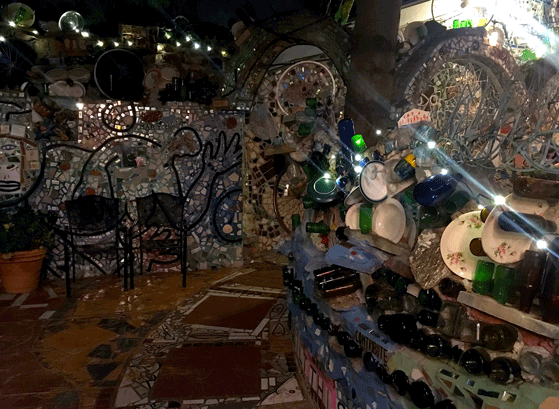
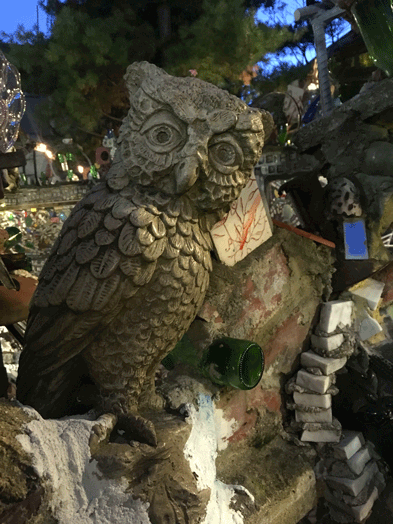
Zagar was given two weeks to vacate the property he had spent over a decade transforming. Members of the community, however, were quick to rally in support of Zagar and of the impact his public artwork made on the surrounding neighbourhoods. Aside from working on the Garden, Zagar had spent years creating mosaic murals free of charge for local businesses, and his work had become synonymous with the South Street area. With the help of numerous donations, the Zagars was able to purchase the property and turn it into a non-profit arts organization. Today, Philadelphia’s Magic Garden participates in community outreach, offers public art programs, hosts exhibitions in their two indoor galleries, and welcomes visitors to the bi-level outdoor immersive art space, attracting roughly 150,000 visitors a year.
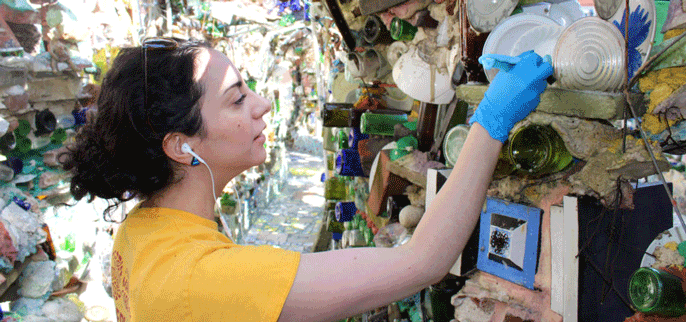
For those interested in Zagar’s work, there are still several ways to show support during the COVID-19 pandemic. There are virtual and in-person options for viewing the Magic Garden, and over two hundred publicly visible murals created by Zagar peppered throughout the city of Philadelphia, most of which are concentrated in the South Street neighbourhood. Donations can also be made to the Magic Garden’s annual fund, the preservation and cleaning of the murals, and to the Julia Zagar Residency for Women Artists.
